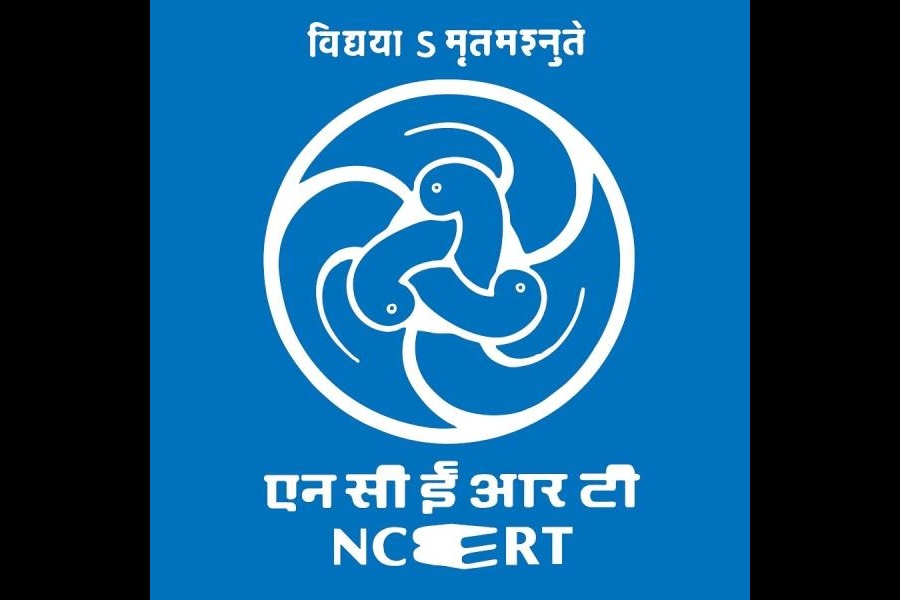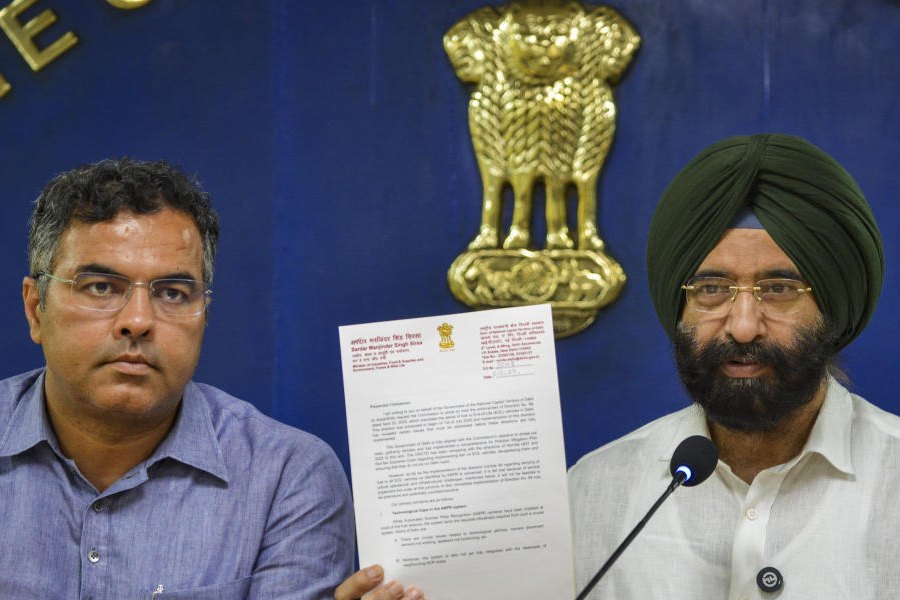 |
| Movie to watch before the transfer: An iconic scene from The Seven Year Itch, the 1955 film around the idea that the seventh year of a marriage is when most men stray |
New Delhi, Dec. 19: The Centre has given an ultimatum to all ministries and departments to transfer all clerical staff who have served in the same section for seven years or more.
The effort is to curb vested interests that secretarial staff — recruited in the Central Secretariat Service (CSS) for clerical jobs in mostly Delhi-based offices — develop by working in the same department for years and, in some cases, their entire service period.
Department of personnel and training (DoPT) rules mandate that clerks — assistants, section officers, under secretaries, deputy secretaries — should be transferred once they complete seven years in a particular ministry/department.
An official source said such “transfers” were generally to another ministry in the same building. But the rule proposed in end-2009, called the Rotational Transfer Policy, has largely remained unimplemented.
The effort to transfer such staff has been frustrated by the strong CSS lobby. On Monday, the DoPT issued an advisory to all ministries/departments listing, for the first time, the names of nearly 1,400 staffers who have spent over 16 years in their current departments.
The list reveals that hundreds have never been transferred since they joined in the late seventies or early eighties. Several have spent nearly three decades in the same department.
The advisory has also asked ministries/departments to compile a list of clerical staff who have completed over seven years of service in any capacity by January 4, 2013.
The staff are also required to indicate their preferred posting but only to help the DoPT “in deciding the posting and this should not in any way be construed as right for claiming posting of choice”.
A source said the CSS lobby was so strong that the DoPT’s efforts to launch a web-based cadre management system has been delayed. Some ministries/departments “have not completed” the task of sending details of CSS staff to the DoPT “despite repeated reminders”, the advisory said.
The CSS is one of the earliest organised services in India. It was created in 1919 as the Imperial Secretariat Service.
In 1946, a committee termed the service, which until then included Indian Civil Service officers in the nature of a pyramid, as “too few officers of the right kind and too many clerks of the wrong kind” and suggested structural changes.
The service, according to a CSS website run by former government employees, prides itself in providing “a strong permanent bureaucratic set up at middle levels of the government” who “provide necessary continuity to its administration and policies”.
However, this continuity has bred corruption with CSS staff calling the shots on how a ministry/department should be run, an official source said.
The CSS comprises nearly 8,000 staff, 75 per cent of whom are directly recruited. The rest are recruited through a departmental exam and promotions are given on the basis of seniority.
A CSS staffer is typically recruited as an assistant who graduates to section officer, under secretary, deputy secretary and director. There are nearly 40 joint secretary-level posts to which CSS staff can aspire.
The CSS staff are posted in 65 central government ministries and departments.










